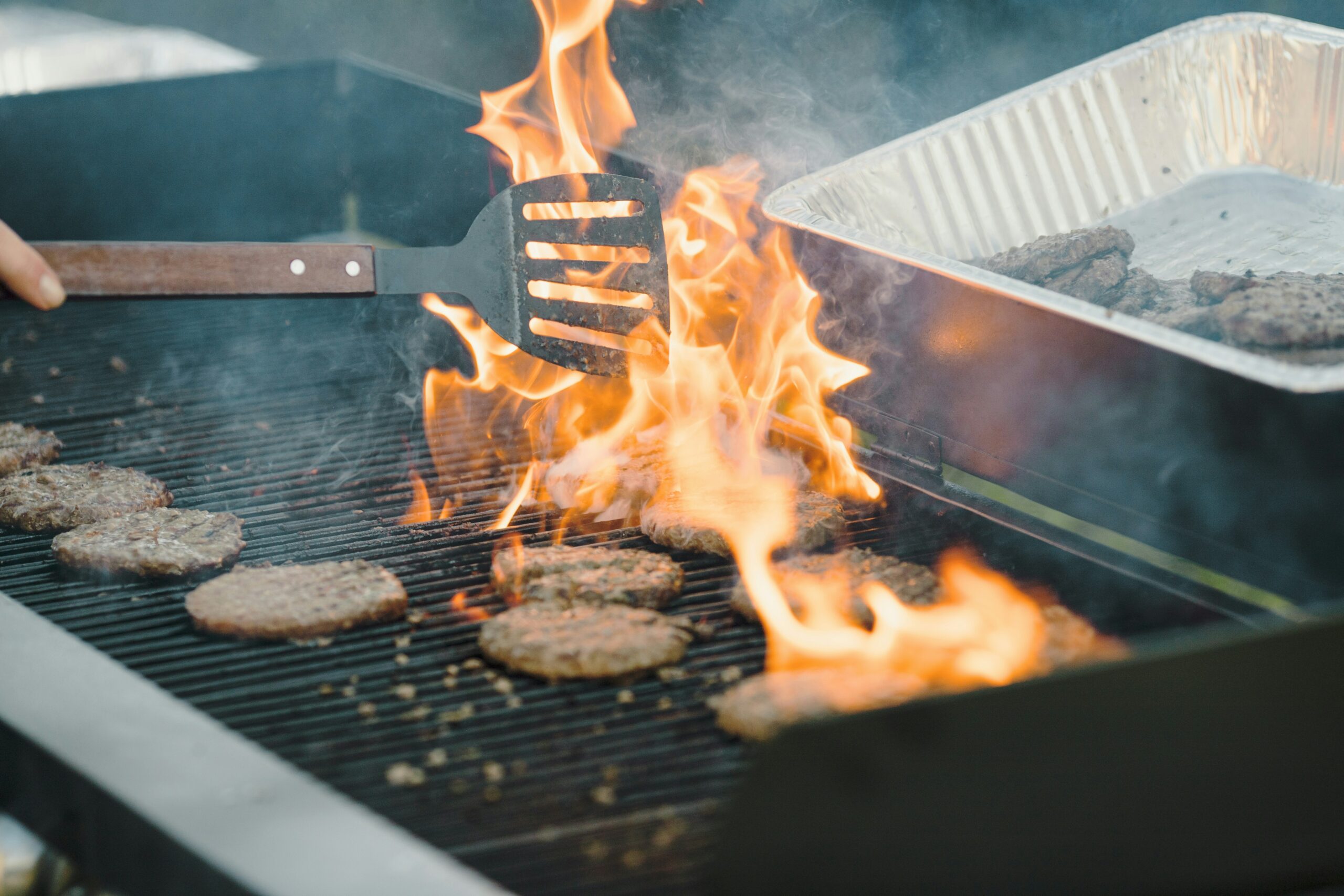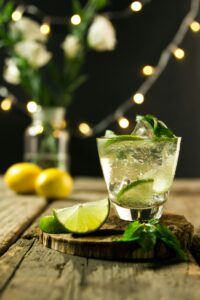Classifying BBQ foods and products
Topics

As summer approaches, BBQ season kicks in, providing retailers with an excellent opportunity to boost sales of a wide range of BBQ products. However, classifying these products for shipment can be just as intricate as the perfect marinade.
The variety in BBQ products is vast, ranging from traditional grills to unique, high-tech smokers and accessories, not to mention an array of food and alcohol products that will impress guests. This diversity, while fantastic for consumers, can be a hurdle for those tasked with classification. Here, we look at some common BBQ products which may throw up a few queries when classifying and give our top tips to getting accurate tariff codes with our TariffTel solution.
Always check the chapter notes
Classifying products accurately often involves understanding when certain products are excluded from headings that might initially seem correct. A product might appear to fit perfectly under a specific code, but due to a small feature noted in the section or chapter notes, it may be excluded.
For instance, in the classification of meat products, there is a difference between a raw ribeye steak with a packet of seasoning and an already seasoned raw ribeye steak.
If we viewed the classification of a chilled, raw, boneless ribeye steak with a packet of seasoning, the tariff code would be 0201300039 (Meat of bovine animals, fresh or chilled), with a duty rate of 12.00% plus £253.00 per 100 kg. However, if the same steak comes with the seasoning already applied, the classification changes to tariff code 1602501090 (Prepared or preserved meat, of bovine animals), with a duty rate of £253.00 per 100 kg. 
This difference arises due to a World Customs Organisation (WCO) Explanatory Note which specifies that products “covered with batter or breadcrumbs, truffled or seasoned” are excluded from Chapter 02. Additionally, according to the General Rules of Interpretation (GRI), specifically GRI 3B, the packet of seasoning with the raw ribeye steak does not require a separate tariff code, as the product is classified according to the essential character of the ribeye steak.
Tariff codes for alcohol
A similar scenario occurs with the classification of beverage products, such as plain vodka versus citrus-flavored vodka, both in 750ml bottles with 37.5% ABV. Plain vodka is classified under tariff code 2208601100 with a duty rate of 0%, whereas citrus-flavored vodka falls under tariff code 2208701000, also with a duty rate of 0%.
vodka is classified under tariff code 2208601100 with a duty rate of 0%, whereas citrus-flavored vodka falls under tariff code 2208701000, also with a duty rate of 0%.
The classification difference is due to a WCO Explanatory Note for Liqueurs, which defines them as “spirituous beverages to which sugar, honey, or other natural sweeteners and extracts or essences have been added.” This example illustrates how a minor change in a product can impact its classification. Even though the duty rate remains the same, customs compliance involves more than just the payment of duties, it ensures accurate product classification and adherence to regulations.
Classifying kitchen and BBQ utensils – Spatula
 Classifying utensils, such as a spatula with a wooden handle (60%) and a stainless steel head (40%), can be complex. You might consider classifying it under tariff code 4419900000 (Tableware and kitchenware, of wood) with a duty rate of 0% for the wood component, or 7323930090 (Table, kitchen or other household articles, steel) with a duty rate of 0% for the stainless steel component. However, both classifications would be incorrect.
Classifying utensils, such as a spatula with a wooden handle (60%) and a stainless steel head (40%), can be complex. You might consider classifying it under tariff code 4419900000 (Tableware and kitchenware, of wood) with a duty rate of 0% for the wood component, or 7323930090 (Table, kitchen or other household articles, steel) with a duty rate of 0% for the stainless steel component. However, both classifications would be incorrect.
This spatula, made of multiple materials, is considered a composite product, and we therefore need to determine the essential material. Using the General Rules of Interpretation (GRI’s), specifically GRI 3B, we determine that the main characteristic of the product is the working edge. In this case, the spatula is primarily a hand tool used to turn food over and remove it from the BBQ, and a more appropriate Chapter is available further down the Tariff. It should, therefore, be classified under tariff code 8215991000 (Spoons, forks, ladles, and similar kitchen or tableware) with a duty rate of 8%. Misclassification could result in underpayment of duties and potential fines from HMRC.
How technology supports customs classification
At TariffTel, we have delved into the intricate terms associated with products like, and designed our Item Types in our customs classification solution to be user-friendly. We eliminate the need for extensive research when classifying and reduce the risk of misclassification. This ensures your classification is accurate, done quickly and that you adhere to regulatory standards.
Interested in how to classify more food products? Read our recent food classification blog to see more complexities in classification.
Other Useful Resources
Windsor Framework update: Key details ahead of 1st May 2025 implementation
The Windsor Framework's latest updates come into effect on 1st May 2025, introducing new trading arrangements between Gr...
From spreadsheet chaos to smart compliance
Data accuracy matters more than you think in customs classification. In global trade, the difference between complian...
Adapting to an ever-changing regulatory environment
In the fast-moving world of international trade, compliance is more than just a legal necessity; it’s a competitive ad...



